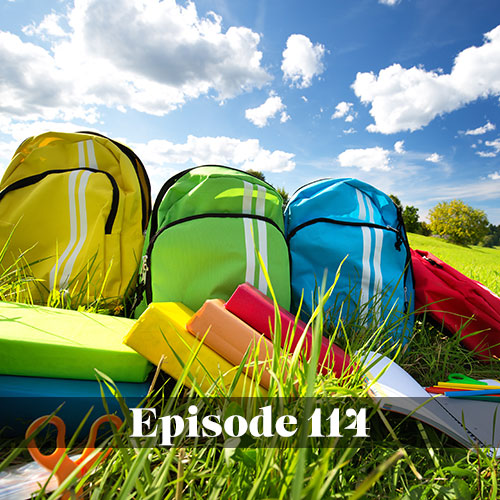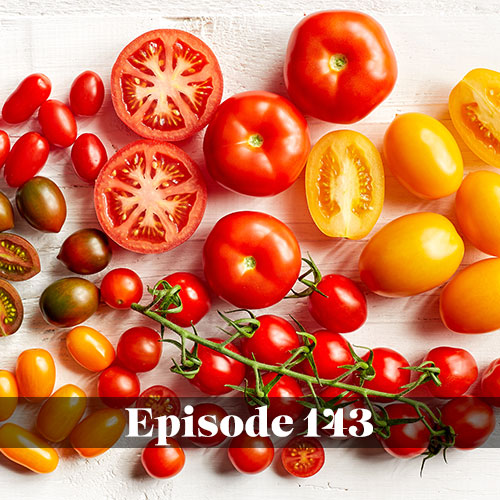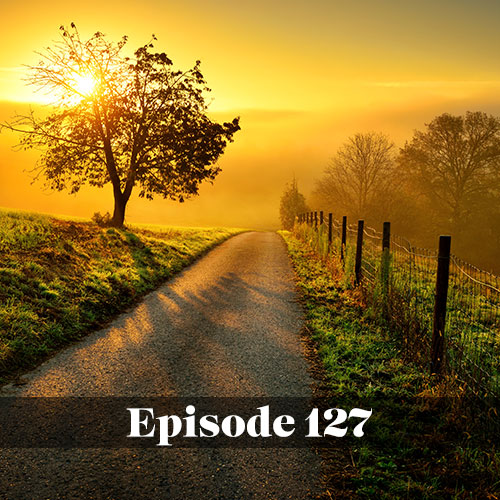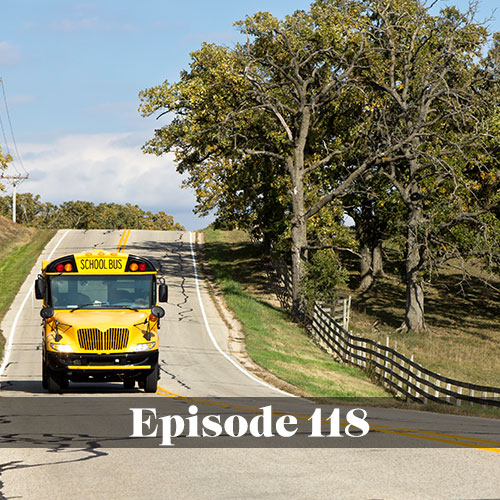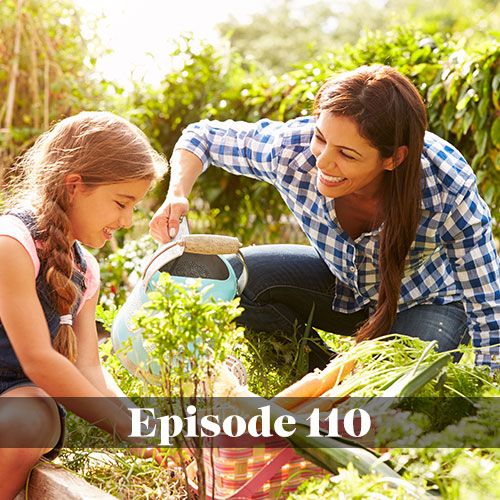Carole speaks with John Carder, an Assistant Principal at Olentangy Liberty High School in Powell, Ohio and the Associate Director of the Ohio Small & Rural Collaborative. John talks about small town values, the advantages of smaller districts, the power of small schools banding together and how organizations like OSRC can help gain equity for small and rural schools.
John grew up in a smaller school district in Marysville and attended Ohio Northern University in the small town of Ada. After college, his first job was as a science teacher at Marysville High School.
The first word John associates with small and rural school districts is “community.” He says parents and other residents choose to live there for a reason and usually have great pride for their community. There’s often a strong work ethic and a high value placed on the educational system.
Of course, these districts don’t have the same resources of larger school districts, John says. For example, larger districts like Olentangy Local School District are able to offer a wide spectrum of Advanced Placement courses for students to take. And in smaller districts, teachers often have to teach a variety of courses.
John says small school districts can work together to achieve efficiencies of scale.
“I think a lot of the technology that has been coming into play in education can really, really help small districts kind of whittle away some of these deficiencies, or areas where they’re lacking,” he says.
This can include the use of online learning platforms. So if a teacher in one district is really experienced, or offers a unique class like Mandarin Chinese, other small districts could Skype in their lessons or post them online.
“I think those sort of ideas of pooling resources together… can help bridge that difference between larger and smaller districts,” John says.
Districts can do the same thing when they have significant professional development opportunities. So when one district is hosting a speaker or expert in a certain field, they can open the door to other districts to bring that person in or participate virtually.
The Ohio Small & Rural Collaborative is working on improving those sorts of efforts, John says.
As far as advantages enjoyed by smaller districts, they’re able to tailor their curriculum to meet the needs of key local employers.
“That district can offer curriculum that’s specific to those sort of kids needs when they graduate high school that’s really, really relevant for them,” John says. “Smaller districts can offer that sort of specialized coursework, where larger districts have a really hard time of narrowing a focus down.”
Another noteworthy advantage is the smaller class sizes.
“That student can get almost one-on-one attention with their teacher, and that can really propel students forward,” he says.
John and Carole talk about what’s ahead for small districts and the Ohio Small & Rural Collaborative. The organization wants to improve access to college level courses and collaboration with higher education.
“The value we’re going to be able to provide small and rural schools is only going to continue to grow,” he says. “We’re going to look at those difficulties and, as a collaborative, create and build platforms that make distance learning easier.”
Closing out the episode, John recommends listeners check out the book Creating Magic: 10 Common Sense Leadership Strategies from a Life at Disney, by Lee Cockerell.
Got a question or topic you’d like covered in an upcoming We Love Schools podcast? Email us at info@weloveschoolspodcast.com
First time listening to We Love Schools? Learn more about our weekly podcast.
Interested in learning more about how the Allerton Hill Communications team can help your school with communications? Contact us today.


